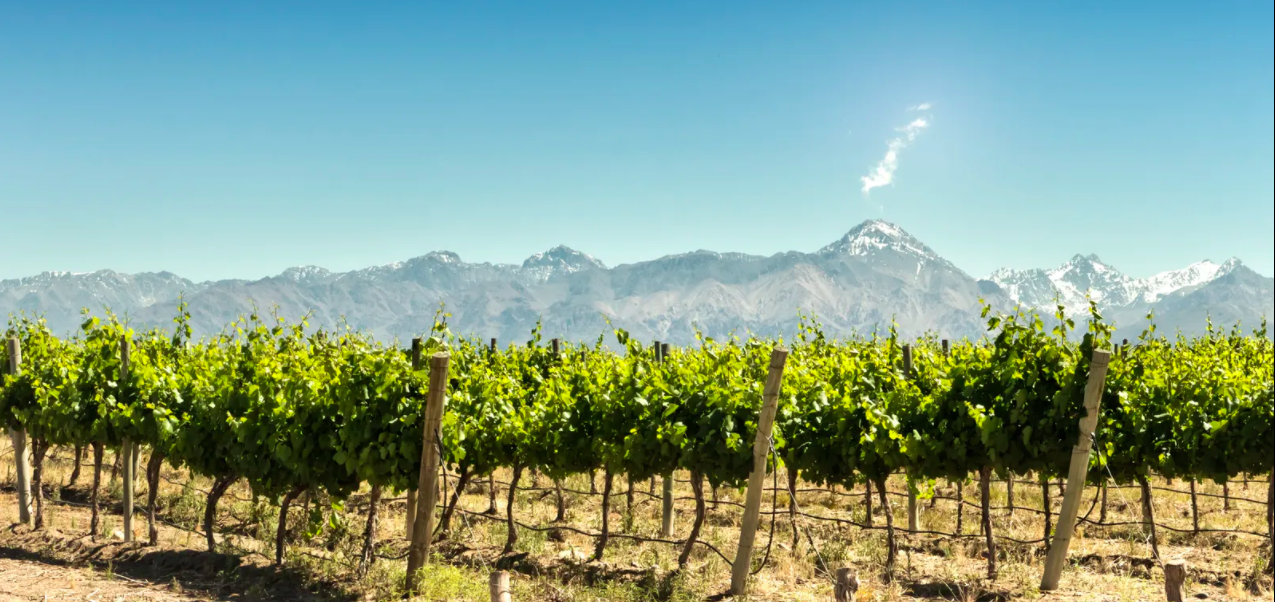(Condé Nast Traveler) Vigneron Leonardo Erazo Lynch is a terroir and sustainable-viticulture champion who creates vintages from 100-year-old bush vines cultivated in the volcanic soils of Chile’s southern Itata province, celebrating under-appreciated varieties such as Cinsault and Carignan. A leading light in South America’s natural-wine movement, he honed his experience in South Africa’s Swartland and Mendoza in Argentina, recently moving back to his homeland to build a carbon-neutral, solar-powered winery.
This interview is part of The World Made Local, a global collaboration between the seven international editions of Condé Nast Traveler in which 100 people in 100 countries tell us why their home turf should be your next destination.
What’s happening on the Chilean wine scene right now?
The world’s eighth-largest wine producer, Chile has long focused on big reds such as Syrah, Cabernet Sauvignon, and Carménère sourced from vineyards planted 800 miles vertically down the country. While wine is usually produced from flat terroir, there’s a trend to unearth older vines found on granite and other rock faces. In the past 10 years, a lot of artisanal projects have come to light and there’s an exciting growing white scene involving Chenin Blanc, Sémillon, and Riesling; in my case, I’ve started making fresher styles on slate from the coastal area of Cobquecura.
For the rest of this, please visit Condé Nast Traveler.

